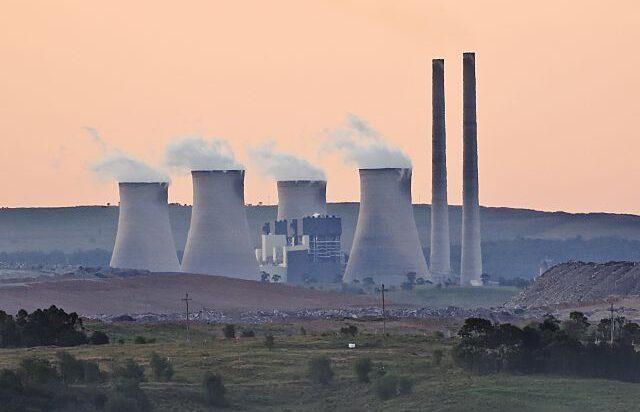The Albanese government is poised to “recalibrate” climate change institutions established by the previous Morrison government saying it now needs the “best institutions” that provide the “very best information” on climate change.
This decision follows a Royal Commission into National Natural Disaster Arrangements that recommended a review of the Australian Climate Service (ASC).





